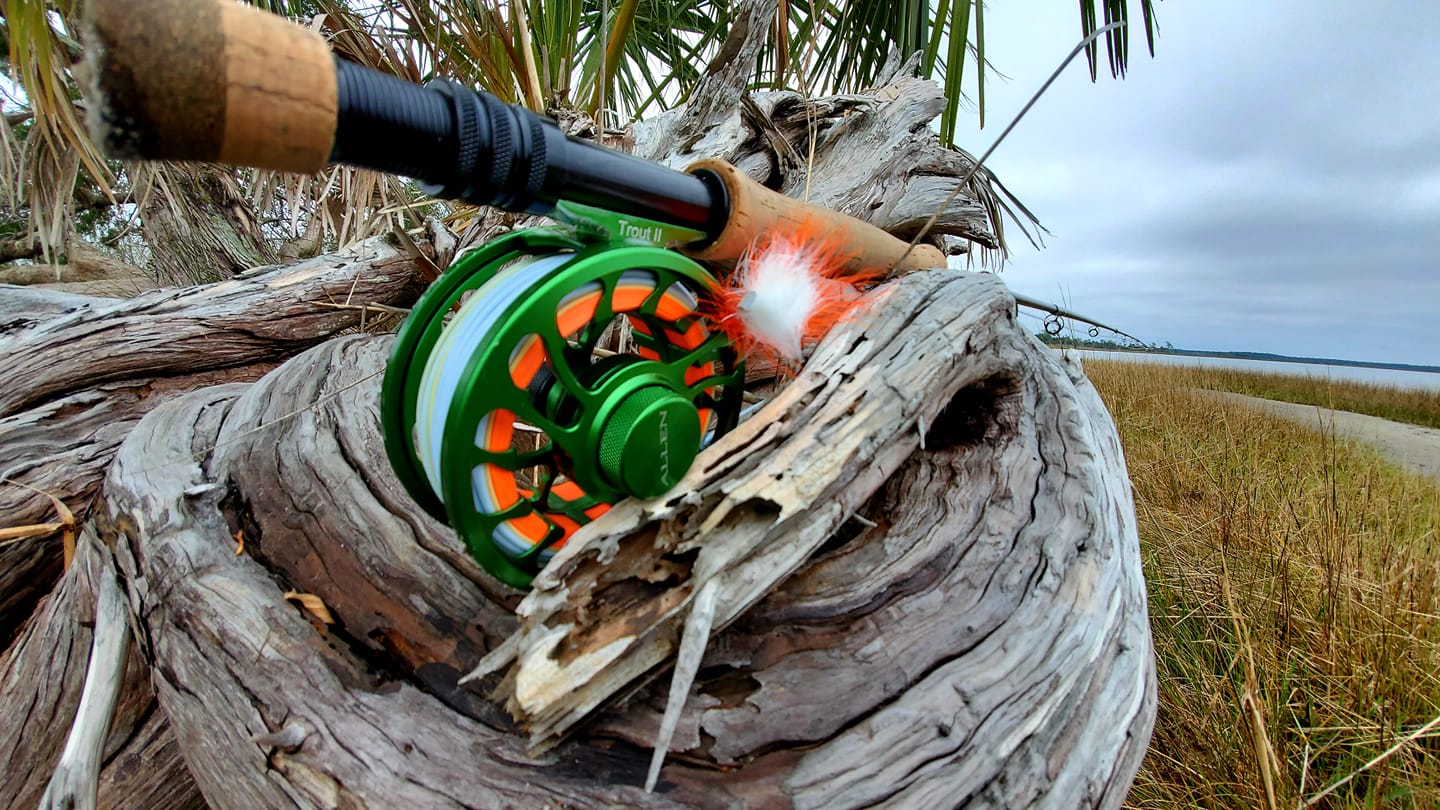
Last Updated on February 11, 2021 by Eric Bonneman
There is little that beats inshore fly fishing. An added challenge combined with a more connected approach to targeting Florida’s shallow-water species. When considering what fly rod setup to get for flats fishing, there are a plethora of options available. However, there are some known setups that can handle most of what flats fishing has to offer.
Rod Qualities
There are guys who like carbon/graphite, glass, and even bamboo fly rods for a variety of reasons. If you are new to fly fishing or at least targeting saltwater species on the flats, a fast action, well splined, carbon/graphite rod will perform well. It allows for easy precision casting, gentle presentations, and lighter weight for all-day casting.
8 Weight
This is probably the most common inshore weight for fly rods. An 8wt rod will generally take on 99% of what you will find inshore. Most first-time inshore fly fisherman start here, and few find a reason to try anything else.
10 Weight
The 10 weight is generally the favorite “second” fly rod. This weight of rod will allow you to battle much larger species, such as tarpon and big permit.
Others
When you start experimenting with weights, you can generally find a use for every one of them for your inshore arsenal. A 5wt setup has become another popular choice for targeting smaller species in the backcountry, as well as bonefish. For myself, I found I prefer a 9wt for my all-around flats fishing fly rod. My reasoning here is that I can dip into the world of tarpon, but also cut the wind better with the stiffer spline.
